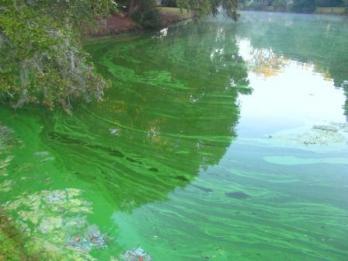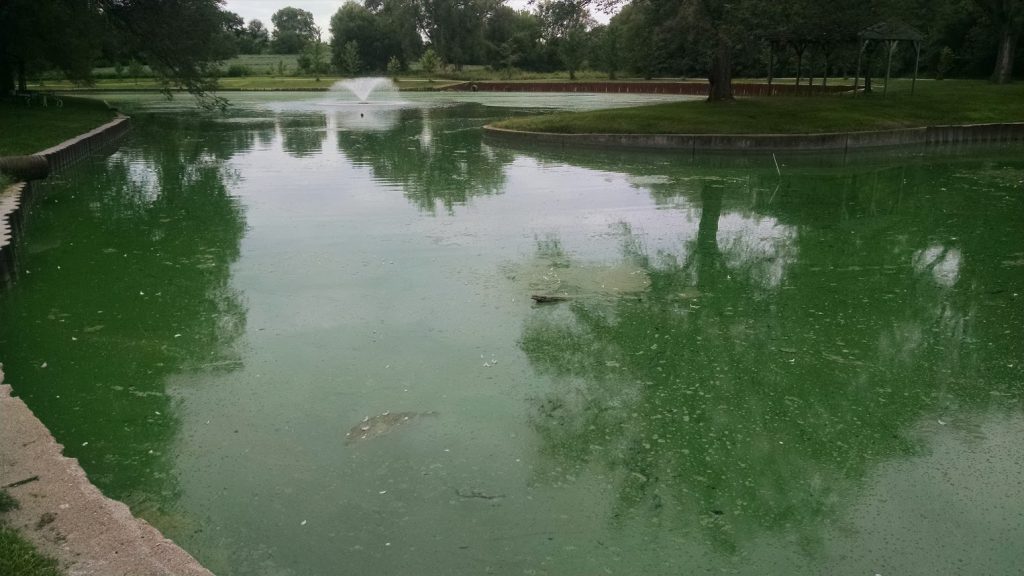Our Harmful Algae Bloom (HAB) Management Programs are similar to our Aquatic Plant/Algae Mangement programs with the addition of Phosphorus Mitigation.
Phosphorus mitigation is a highly effective tool for reducing the risk of harmful algae blooms (HABs). Phosphorus is the primary nutrient driving HABs because planktonic algae can synthesize its own nitrogen. By targeting and reducing phosphorus levels, we help curb the conditions that lead to these blooms.
This service includes both pre- and post-treatment phosphorus sampling. Using the pre-sample, we accurately determine the optimal dosage rate for the phosphorus mitigation product. This ensures maximum efficiency of the product and minimizes costs by reducing the need for excessive use of algaecides or mitigation agents like EutroSORB, Phoslock, or aluminum sulfate.
By tailoring the treatment to the specific needs of the waterbody, our approach not only reduces phosphorus levels but also optimizes resource use, making it an eco-friendly and cost-effective solution for managing water quality.
Not all planktonic algae blooms carry this potential but when certain species grow and more importantly die they can release toxins that affect wildlife, pets and potentially people. The goal of an AEC management program is to limit the abundance of planktonic algae, reduce phosphorous, and reduce the shutdown of activities to your lake or pond. AEC can also sample and identify the algal species and if cyanobacteria is present.
Blue Green algae falls within this category and often is described as looking like green paint on the surface of a pond. Blue green algae can produce cyanobacteria which can be harmful to fish, wildlife, and humans. Phosphorous is the limiting nutrient in producing blue green algae blooms.
Common Species: Anabaena, Aphanizomenon, Microcystis

All of the recommendations of the Public Health Watch remain in effect, with the following addition:

It is recommended that either a portion of the lake, entire lake, or zone, be closed and in some cases the adjacent land (e.g., approximately 100 ft. from the shoreline) be closed to the public. Actual setback distances will be determined on a site-specific basis, if necessary. When partial closures (i.e., beach or cove) are issued, the remaining lake or zone area will carry a warning status.
For more information please visit the following public service sites:
